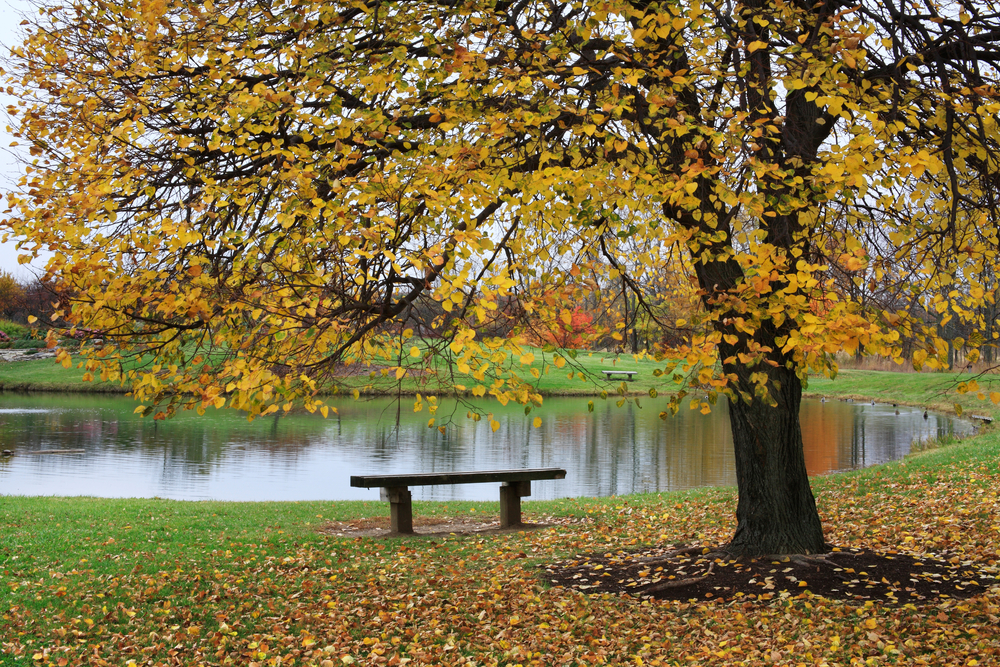By Lucille Marshall
As Israelis and Palestinians embark on yet another round of negotiations this year, Shahar Sadeh, a visiting professor at Columbia University’s Earth Institute, is proposing a different strategy for peace in the Middle East: environmentalism.
Sadeh, who previously studied at Tel Aviv University, focuses her academic research on the concept of peace parks, a protected natural area that spans across borders and allows the free movement of people and animals throughout. The idea is that with shared authority over this land, opposing parties would cooperate in an effort to provide regional security and environmental sensitivity.
As Sadeh explains, the environment “creates a positive impetus of opposing sides to cooperate, because it makes sense to jointly manage a cross-border environmental problem or topic.”

Visiting scholar Shahar Sadeh lectures at Columbia University’s Hillel Center about environmental peacemaking in the Middle East.
More than 130 peace parks exist around the globe, and Israel’s political history is abundant with official proposals to embark on this environmental route to a peaceful future. Despite its significant presence in the region’s past negotiations, however, peace parks have generally not been included in the publicized discussions about Israel’s current political strategies. But with its grassroots ideals for fostering good relations among communities and promoting natural and economic stability, peace parks offer a creative, tangible option toward peace that should not be overlooked.
In addition to their peace-making potential, on a practical level, peace parks may encourage tourism and therefore allow for improving development, since economic growth and stability produce a more viable platform for peace in a conflict area. Sadeh describes this vital element of peace building as “creating peace among the people.” By uniting separate peoples with a shared cause for environmental advocacy, peace parks aim to diffuse political tensions and break down social barriers to peaceful relationships.
Concern for the environment transcends political debates about policies, statehood and military—the environment is a human issue. Regardless of contending political parties or stubborn governments, all people may find common values for natural resources, water availability, and the human footprint on the planet.
Peace parks require official communication between governments, but the project’s success is only possible with the participation of local communities. These on the ground interactions, motivated by a hope for peace, may result in a more accessible approach to Israel’s conflicts for the affected populations. With a humbled political scene that allows citizens to actively participate toward progress, peace parks have the potential to initiate personal connections and triumph over the racism, hopelessness and apathy that often stigmatize cooperation.
While peace parks have much to offer, Sadeh admits that the concept may be “too good to be true” in the current Middle East. As has been seen repeatedly in the past, cooperation across borders and between governments is complicated, and at times, seemingly impossible.
Due to their trans-border locations, peace parks require a complex, unique type of sovereignty that may prove too fragile given Israel’s relations with its neighbors. More than 14 peace parks have been seriously proposed, some even planned in detail, by Israel and surrounding governments. But only one peace park exists there today: the Red Sea Marine Peace Park in the Gulf of Aqaba, which has evolved into an academic success but is not highly publicized as a communal project towards peace.
The hope for peace parks in the Middle East may be optimistic, but its prospects for actualization will only dwindle further if the idea remains so underexposed. “Though ‘the environment knows no border’ is at times a slogan that needs a lot of work to really back it with concrete joint action, it’s still true,” says Sadeh. As active participants in the discussions about Israel’s options for peace, we can raise awareness about peace parks and fuel a new enthusiasm for environmental peacemaking.
The goals of peace parks emphasize that there is more to the Middle Eastern conflicts than just complicated politics. Israel is also concerned about its influence on the earth, its personal cooperation with local neighboring communities and its cultivation of a peace-seeking attitude. As news readers, political activists and members of our Jewish communities, we, too, must work toward these tangible goals for a peaceful environment.


Very interesting idea, unusual way to manage political conflicts and gain trust. Looking forward to reading the entire research of Shahar Sadeh
Well Done! Indeed a very interesting idea!